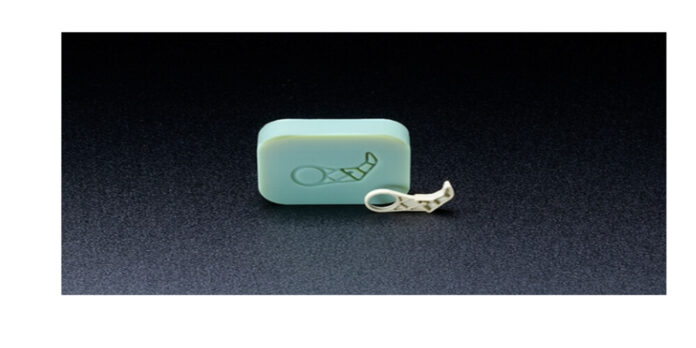When making a new product, there is a need to make rapid prototypes that can give you an idea of what to expect. Therefore, you can use rapid prototypes to test the product’s feel, aesthetics, and performance. You can use Prototype companies to iterate various options you have and select the right material. Also, you can use them to test the market before you invest your resources.
When you are happy with the product, you can then start moving from rapid prototyping to full production. However, to be successful, there are many aspects you must get right. That is the case when transitioning to mass production. The following tips can help you streamline your product journey to get the best results.
Select Appropriate Manufacturing Technique
Metal Prototypes
3D printing and CNC machining are widely used in making metal prototypes. However, 3D printing is not suitable in certain applications. Even with technology advancements, it is quite expensive and slow for mass production and making complex geometry parts. You should note that metal prototypes made from the CNC machining process are suitable for functional testing.
If you want to mass-produce prototypes, you should embrace die casting. Ideally, it is an economical and faster method of making identical metal products. In this case, there is a need to follow certain manufacturing rules and invest in the right production tools.
Plastic Prototypes
There are different methods used for making plastic prototypes. For instance, they can be made through CNC machining, vacuum casting, and 3D printing techniques. However, if you want to mass-produce plastic prototypes, then you should use injection molding.
Determine Material Cost
Before you start producing products, you must account for every part of the prototype. Ideally, you should account for finishing. Complex products can increase the overall cost of production. Therefore, it is advisable to use simple designs. With a detailed overall cost, you can determine the labor required during the production process and reduce it.
Select Suitable Material
There are times when prototypes are made of high-end, expensive materials. That is the case when making prototypes for marketing campaigns. However, such materials are not recommended for mass production. It is advisable to consider substituting such materials with cheaper, readily-available materials. In this way, you can reduce the production time. Remember that most manufacturers like working with locally-available materials.
Determine the Surface Finish
For marketing and product promotion campaigns, there is a need to ensure your rapid prototypes look great. Since surface finishing and treatment needs attention to detail. However, this is not possible with mass production. For specialized surface finishing, it is advisable to embrace automation. For instance, if you make aluminum prototypes, anodizing is the perfect technique that makes the part durable and attractive.
Plan for Testing
When making products for commercial use, they ought to be certified and meet the recommended safety regulations. These depend on various factors, such as where the product is sold. Therefore, you should send your finished products to independent laboratories for testing. There is a need to calculate the cost and time required for this process.









